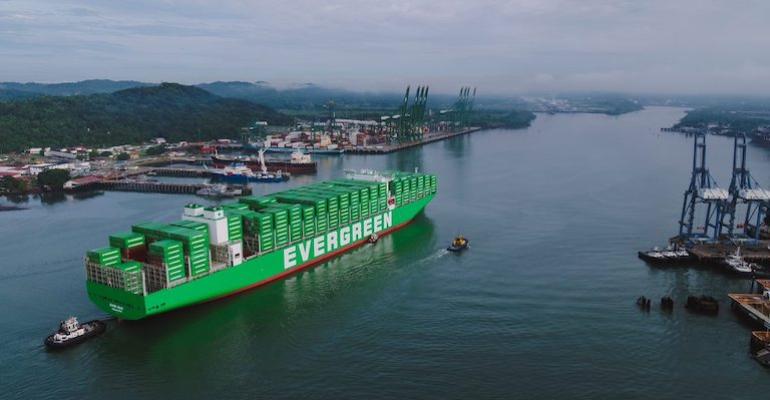The reduction in daily passages is cause of the backlog experienced at the waterway since only 32 ships can transit every day, down from 36 ships in normal conditions and the maximum draught is 13.4 metres.
“If we must consider transit reductions, we will. This would be to continue with a draught of 13.4 metres. We will not reduce draught. If we do that, it will impact 70% of our shippers,” said ACP Administrator Ricaurte Vasquez. “We will manage the water levels and we are looking for long-term solutions.”
According to the ACP, 116 vessels were waiting to pass through the canal on Tuesday September 12; 66 of those vessels had no booking. The average wait for a vessel is around 5.8 days for vessels.
To ease the bottleneck, the canal recently changed its reservation system to allow more non-booked vessels to pass and ships waiting the longest.
The circumstances have forced the ACP to review its budget for fiscal year (October 2023-September 2024), foreseeing a possible cut to 30-31 daily transits, said Vasquez.
The El Niño weather phenomenon "has been very severe this year...We anticipate that in the upcoming months, in the absence of significant rain, we'll have to be prepared," he said.
Water levels at the Gatun Lake, which feeds the waterway, were at 24.2 metres last week, down from 26.6 metres for the month of September in recent years.
Since 2020, the Canal has been carrying out the Water Programme, an initiative that includes the identification and execution of a series of projects that would guarantee availability of water to supply the population consumption and ensure the operations of the waterway for the next 50 years.
The Panama Canal and the United States Army Corps of Engineers (USACE) have confirmed that the technical solutions within the jurisdiction of the Panama Canal are not sufficient to meet the growing demand for human consumption and transit. However, there are external solutions, which are not part of the Panama Canal Watershed, and which have already been studied as long-term solutions.
Vasquez said that, by May 2024, USACE, which was hired as consultants by ACP, must deliver results; to start construction in the dry season of 2025 with the Canal making final specifications of the project so that whoever does it, can bid with these conditions. The total cost of the programme, including additional reservoirs, was estimated at around $2 billion.
"We are eagerly working with the authorities in order to make an arrangement that leads to the structure of additional reservoirs," Vasquez said. The proposed project of building a large additional reservoir, would require a change in legislation and must be submitted to congress, could be open for bids next year.
Copyright © 2024. All rights reserved. Seatrade, a trading name of Informa Markets (UK) Limited.
Add Seatrade Maritime News to your Google News feed.  |

